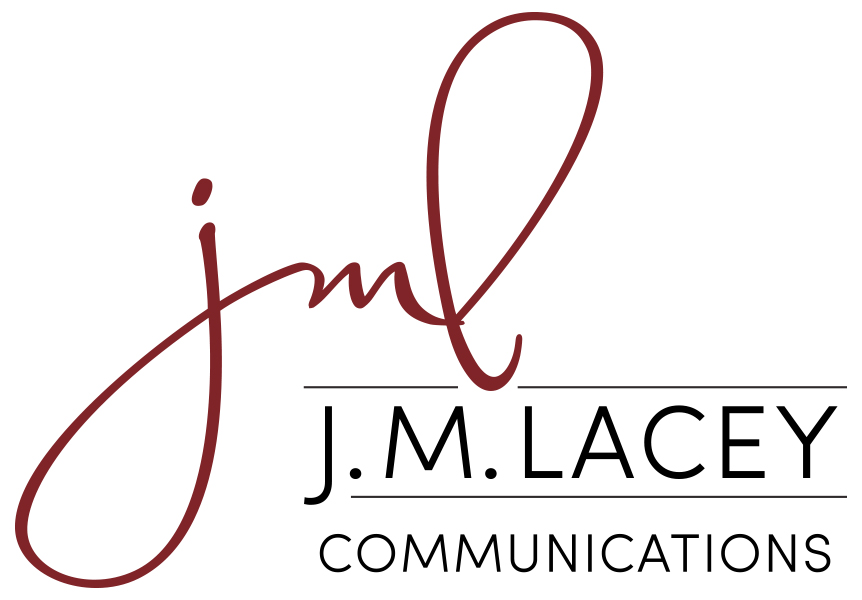“Listen, and you will realize that we are made not from cells or from atoms. We are made from stories.” — Mia Couto, Mozambican writer
If you are a writer, especially a novelist, you’re probably familiar with story arcs or narratives. In brief, an arc is a rise to the climax of the story and then it tapers off to the conclusion, with all kinds of fun things in between. There is action, suspense, the “whaaaaat?!” moments, making the arc a bit bumpy, which lends to an entertaining read.
When we write our organization’s brand story or author story, a story narrative can help us know our intent: where we need to go in our story and where we should end up. It helps you plan your direction to keep you from veering off the map and enable you to maintain control.
In the fiction writing genre, writers are typically known for being planners or pantsers — creating an outline before writing the story, or writing whatever comes to mind not knowing where it is going. Me: I’m a planner, but then I start writing and sometimes I end up down an unexpected path and I keep going because I’m curious what is at the end of that path. “Whaaaaat?!”
In business, however, writing really does need planning for a variety of reasons.
Yet even in business, which includes our author bio and brand story, our narrative needs to be compelling in a short amount of time. No room for novel-sized stories here.
For our story, how would we shape our own arc? Will a focus on theme (much like a plot in the story) help in our storytelling ability? How does crafting a compelling story help us highlight our brand?
Creating a business story arc
The story arc in business is modified but has similarities to your fiction narrative. These are the points you want in your arc:
(1) Where you started. What was your current situation when you began your journey?
(2) Breaking point. What happened to you that made you realize you needed to make or create a change?
(3) Your action. What action did you take to move the change forward?
(4) Climax. This is your peak, the pivotal moment in your life or your business. This is what you worked up to and where your ultimate goal is located.
(5) Challenges. What were your challenges? What mistakes did you make, even after you reached your goal?
(6) More solutions. How did you overcome your challenges? How did those challenges help you create further solutions?
(7) Results. In stories, we call this part resolution. What are the results of your climb? Of your solutions to what others — your audience — need?
As you see from the above, there is a lot of up and down motion, but that is business. We do not have control over everything and sometimes we must take a different approach than what we had planned, unlike in our novels where, as the author, we know what we plan for our characters and how they will end up. Which is why we write stories because we lack control in real life!
Focus on your theme
In your brand story, your theme is your purpose. The story arc outline will help you figure out how to shape your story based on your purpose. Purpose is the first key (one of four) in uncovering your brand story.
Ask yourself: what is your purpose? Why did you start your company or write your book? What need was missing that you could fill? What change(s) do you seek to make?
Once you have your theme — your purpose — you can begin to build your story further.
Highlight your brand
Your goal with crafting your brand story is to highlight your brand. It is not about your products, your services, or even your book. Your brand is your personality. It is who you are, not what you do.
Your brand will do the selling for you, so there is not a need to emphasize your products. Your focus should be on your brand, which is your image.
The story you tell your audience is a way to help them get to know you, your personality, how you think, and they then begin to trust you as you open yourself to them. There is a reason that, as readers, we either fall in love with or are repelled by certain characters. We don’t know them in real life, but the story is compelling enough it is as if we do know them.
Your brand story needs to be that compelling.
Your brand is your personality. It is who you are, not what you do.
Marketing your compelling brand story
Having your brand story outlined in your story arc and then focusing on your purpose — your reason for existence — will help you in your marketing.
In short, understanding your brand story will help you extrapolate the appropriate pieces for specific marketing mediums, which include your website, newsletter, social media, television media, podcasts, and more.
The outline and your story narrative keep you on target and focused so that you avoid information “dump,” sharing everything in your narrative whether or not it fits. You maintain control of your own story.
Remember, your brand story can be exciting and compelling in a short amount of space. It does not need to be as lengthy as “War and Peace,” but by following the simple steps in the story arc, it can be just as epic.
When we write our organization’s brand story or author story, a story narrative can help us know our intent: where we need to go in our story and where we should end up. In our business writing, whether for our organization or our author bio, our brand story needs to be compelling in a short amount of time. Creating an outline in the form of an arc will help us focus on the theme to help with our storytelling. Crafting a compelling story narrative helps us to highlight our brand.
(Photo by Nina Uhlikova)
Need help telling your business or author story? My brand training helps you live your brand by recognizing your story and learning how to use it effectively to enhance engagement and increase sales. Find out more here and book a call with me!


Recent Comments